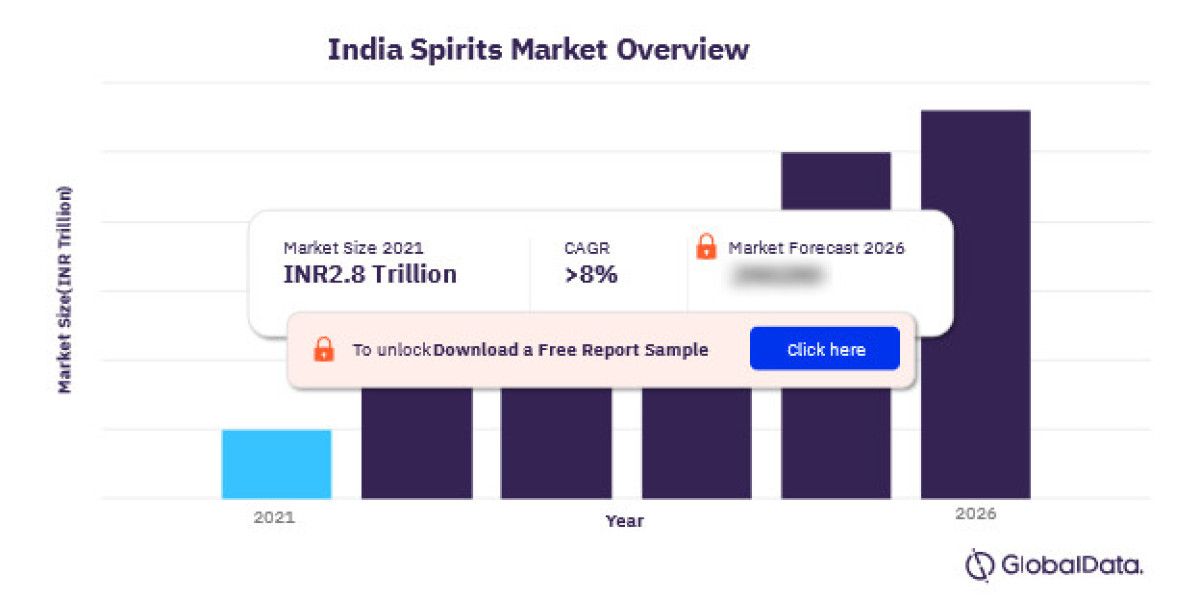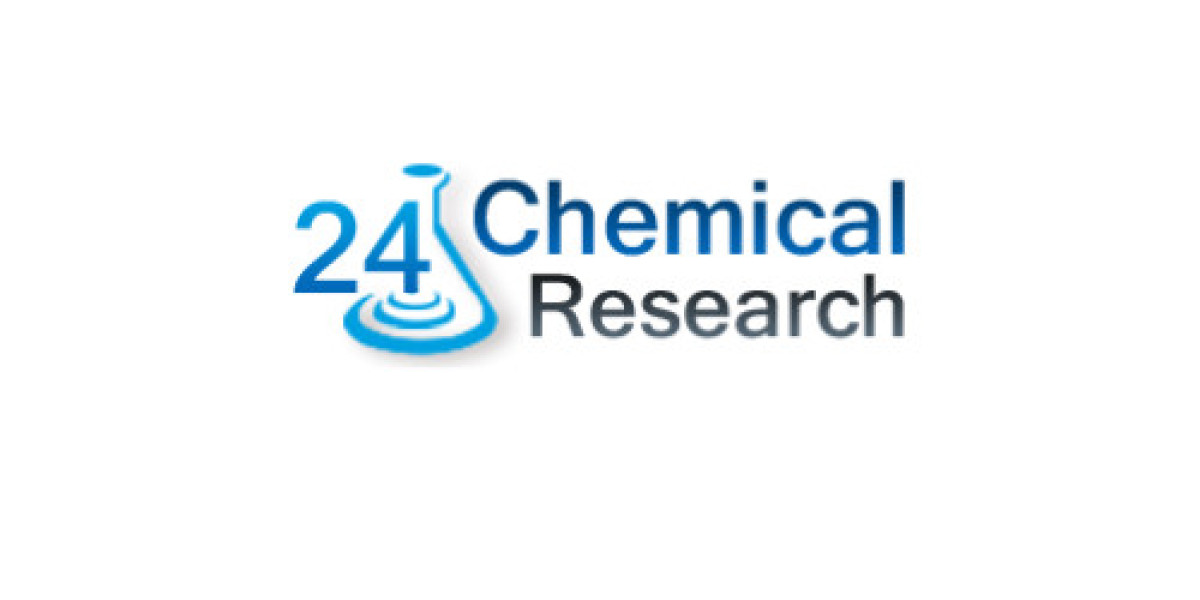This article delves into the heart of this dynamic market, exploring its size, key players, consumer preferences, and future potential.
A Market on the Rise
India boasts the world's largest whiskey market by volume, and its overall spirits market is a force to be reckoned with. According to The Economic Times, annual sales surged from 228 million cases in FY11 to a staggering 330 million cases by FY18. While the pandemic caused a temporary dip, the market has bounced back spectacularly, reaching 412 million cases by FY24 [3]. This phenomenal growth trajectory indicates a strong and resilient industry.
Post-Pandemic Boom and Premiumization
The post-pandemic period has seen a significant shift towards premiumization within the Indian spirits market. Consumers are increasingly opting for higher-quality brands and smoother drinking experiences. Industry experts believe this trend is driven by a growing disposable income and a desire for "drinking better, not more" [3]. This focus on quality is propelling the growth of premium whiskey segments and attracting new players to the market.
Key Players and Competitive Landscape
The Indian spirits market is dominated by a few major players, with Diageo India leading the pack. Other prominent names include Pernod Ricard, Bacardi Ltd., and United Spirits Limited (USL). These companies hold a significant share of the market and offer a vast portfolio of domestic and international brands catering to various consumer segments.
However, the landscape is not static. There's a growing presence of regional players and international brands looking to tap into the booming market. This competition is fostering innovation and product diversification, offering consumers a wider range of choices.
Understanding the Indian Spirits Consumer
The Indian spirits consumer is evolving. Millennials and Gen Z are shaping the market with their distinct preferences. These demographics are more brand-conscious, willing to experiment with new flavors, and drawn to innovative packaging and marketing strategies. They are also increasingly health-conscious, leading to a rise in demand for low-calorie and organic spirits.
Regional Variations and Local Favorites
India's vast geography and diverse cultural tapestry translate into distinct regional preferences in the spirits market. Whiskey remains the undisputed king, but other spirits like rum, vodka, and brandy hold pockets of strong demand. Locally produced spirits like IMFL (Indian Made Foreign Liquor) and country liquor also play a significant role, particularly in rural areas.
Government Regulations and Taxation
The Indian spirits market is heavily regulated by the government. Excise duties and licensing fees can vary considerably between states, impacting product pricing and distribution. This complex regulatory environment can pose challenges for both domestic and international players. However, the government has undertaken some reforms to streamline processes and promote responsible consumption.
Looking Ahead: The Future of Indian Spirits
The Indian spirits market is poised for continued growth in the coming years. IWSR, a leading source for beverage alcohol data, predicts a positive outlook for all major categories – spirits, beer, RTDs (Ready-to-Drink beverages), and wine – with a CAGR (Compound Annual Growth Rate) of 4% for spirits volumes between 2022 and 2027 [2]. This growth will be fueled by several factors:
- Demographic Dividend: India boasts a young and increasingly affluent population, a key driver for consumer spending on premium spirits.
- Urbanization and Rising Disposable Income: With rapid urbanization, more people are entering the middle class with disposable income to explore premium beverage options.
- Evolving Consumer Preferences: The shift towards premiumization and experimentation with new flavors will continue to shape the market.
- Technological Advancements: Online sales platforms and digital marketing strategies are creating new avenues for brand promotion and consumer outreach.
Challenges and Opportunities
Despite its promising future, the Indian spirits market faces some challenges. Counterfeit products, responsible consumption concerns, and fluctuating government regulations require ongoing attention. However, these challenges also present opportunities. Companies that prioritize brand authenticity, promote responsible drinking habits, and navigate the regulatory landscape effectively will be well-positioned for success.
Conclusion: A Market Full of Spirit
The Indian spirits market is a dynamic and exciting space brimming with potential. With its robust growth, evolving consumer preferences, and increasing competition, the industry is set to witness exciting developments in the years to come. As disposable incomes rise and the young population comes of age, the demand for premium spirits and innovative offerings is likely to soar. International players and domestic giants alike have a golden opportunity to tap into this vibrant market, shaping the future of the "Spirit of India."
For more insights on the India spirits market forecast, download a free report sample



